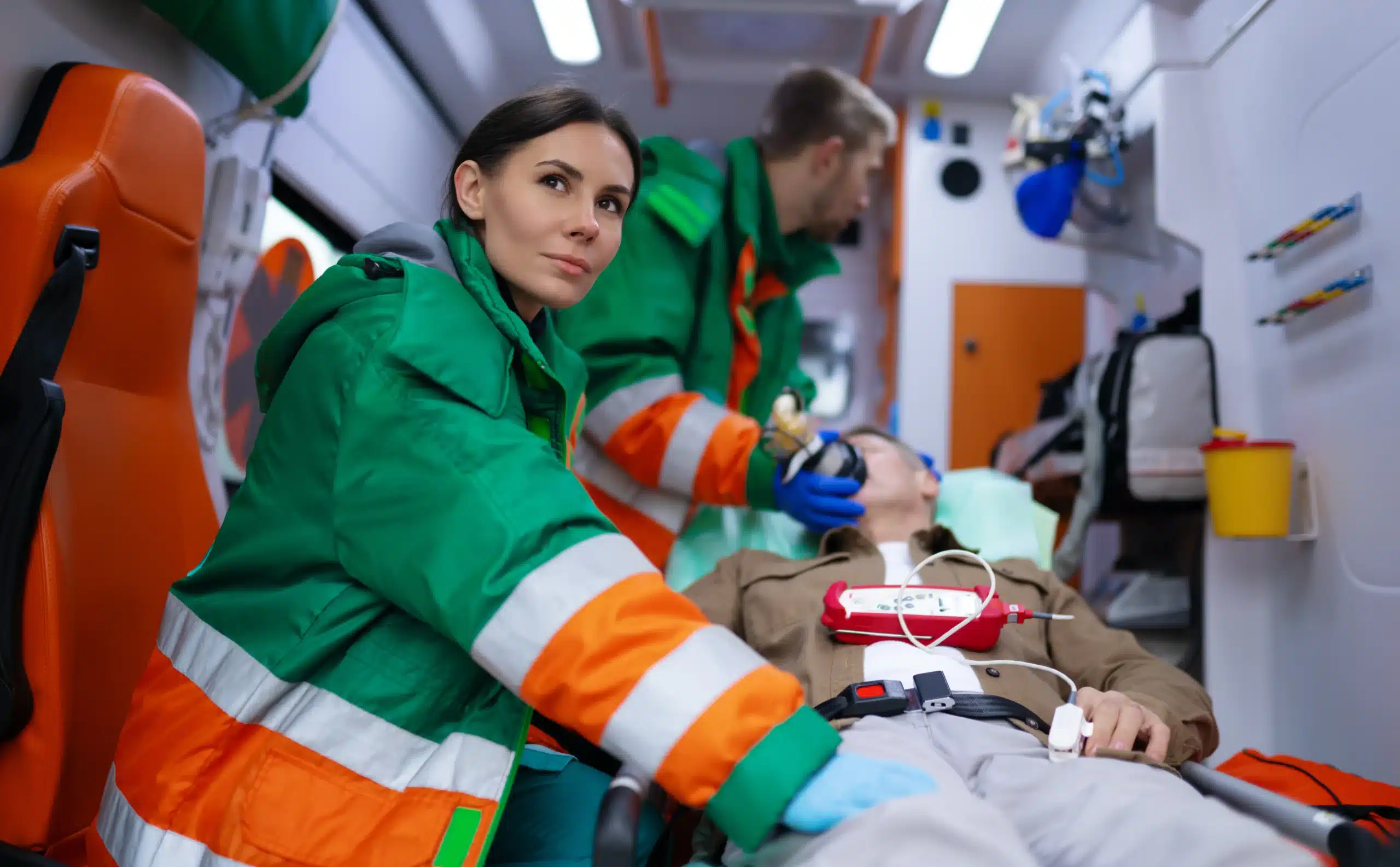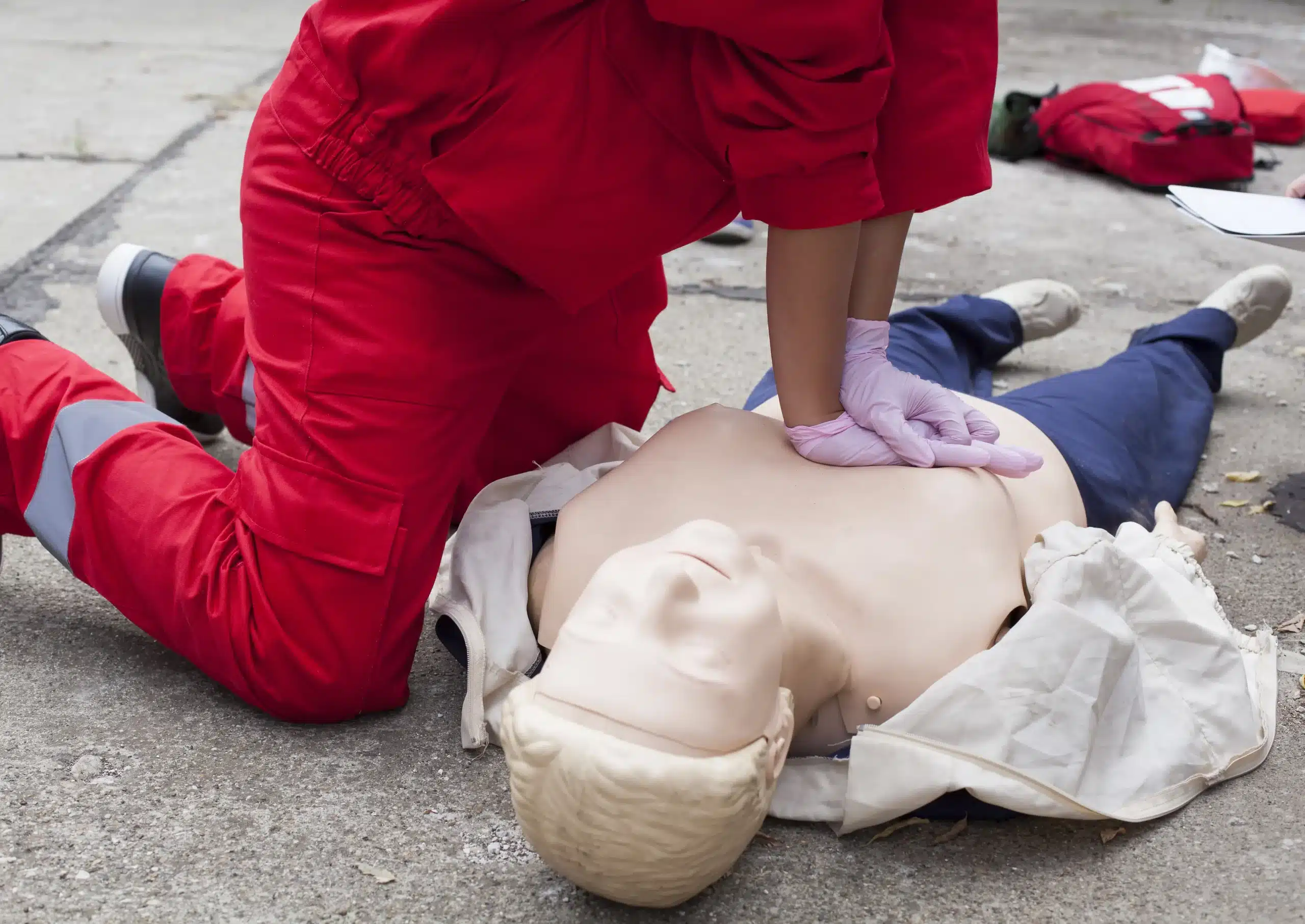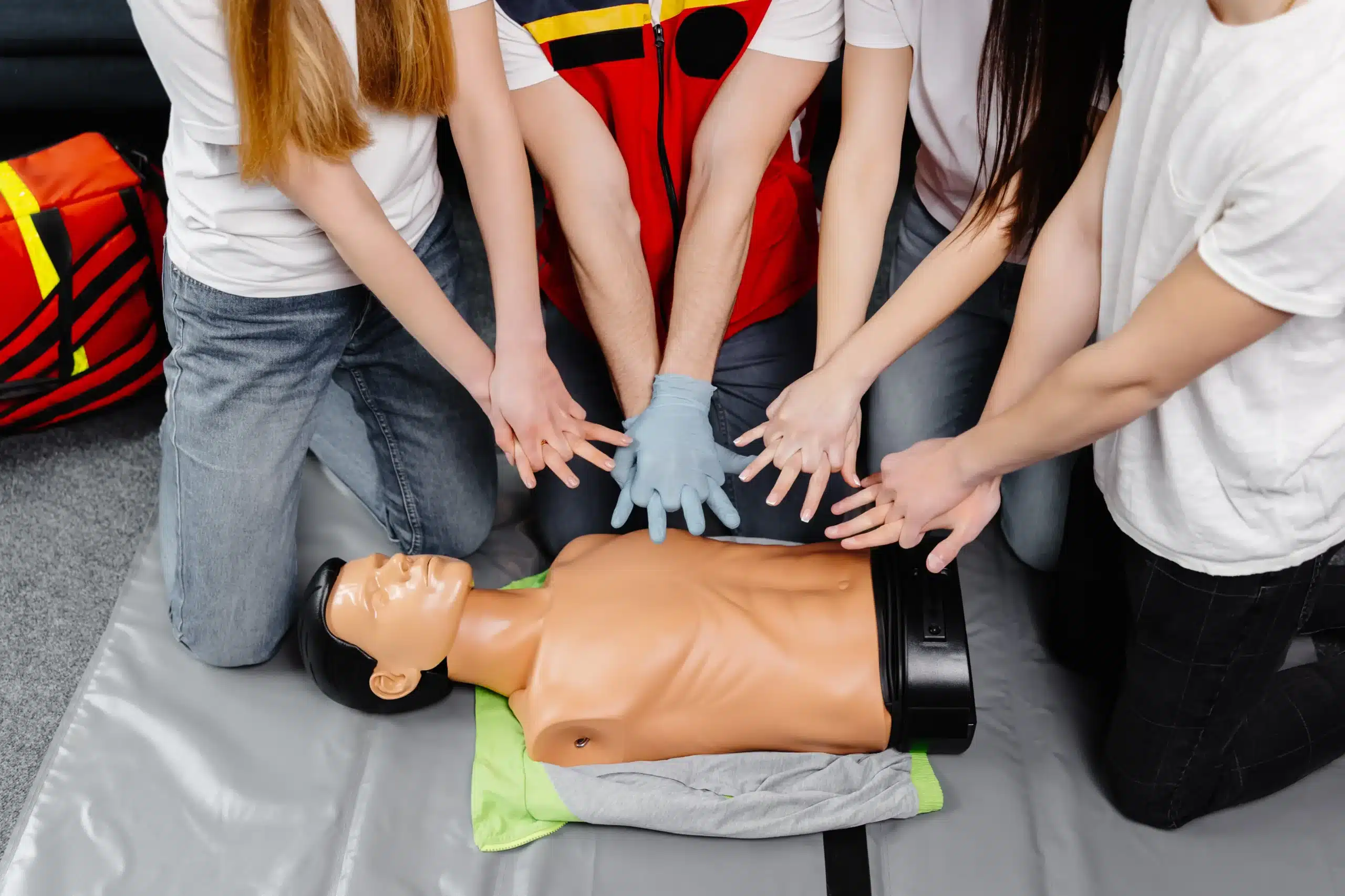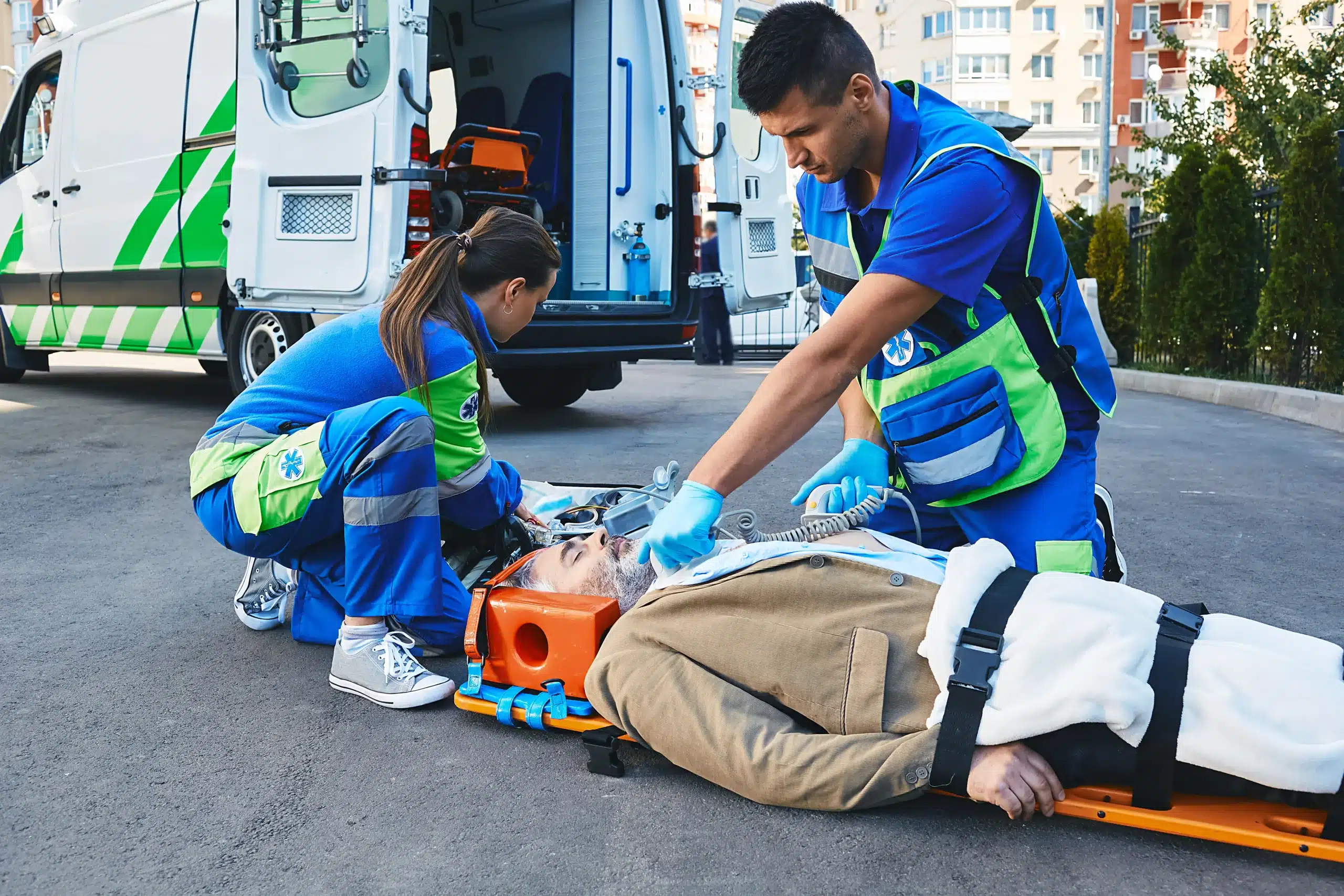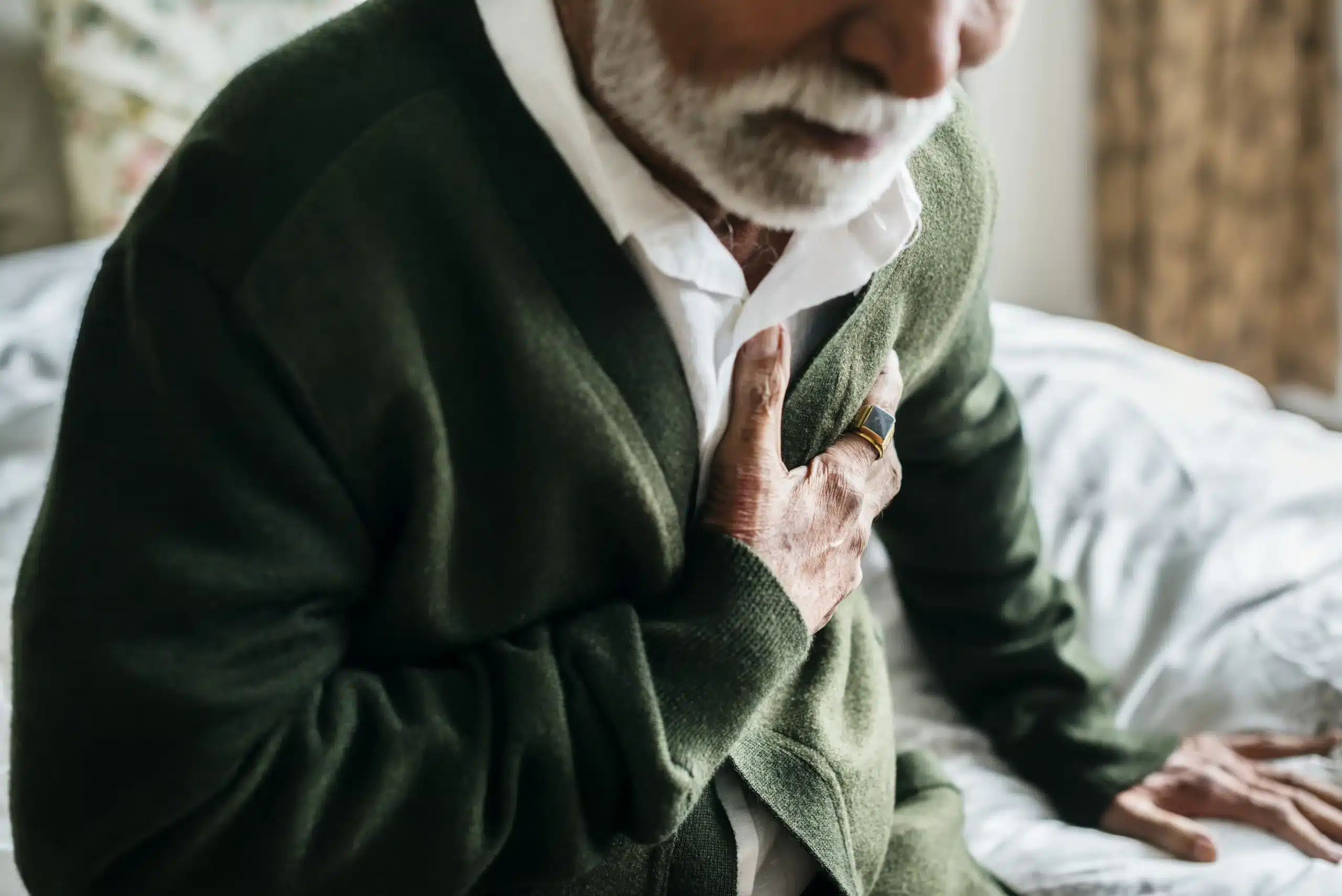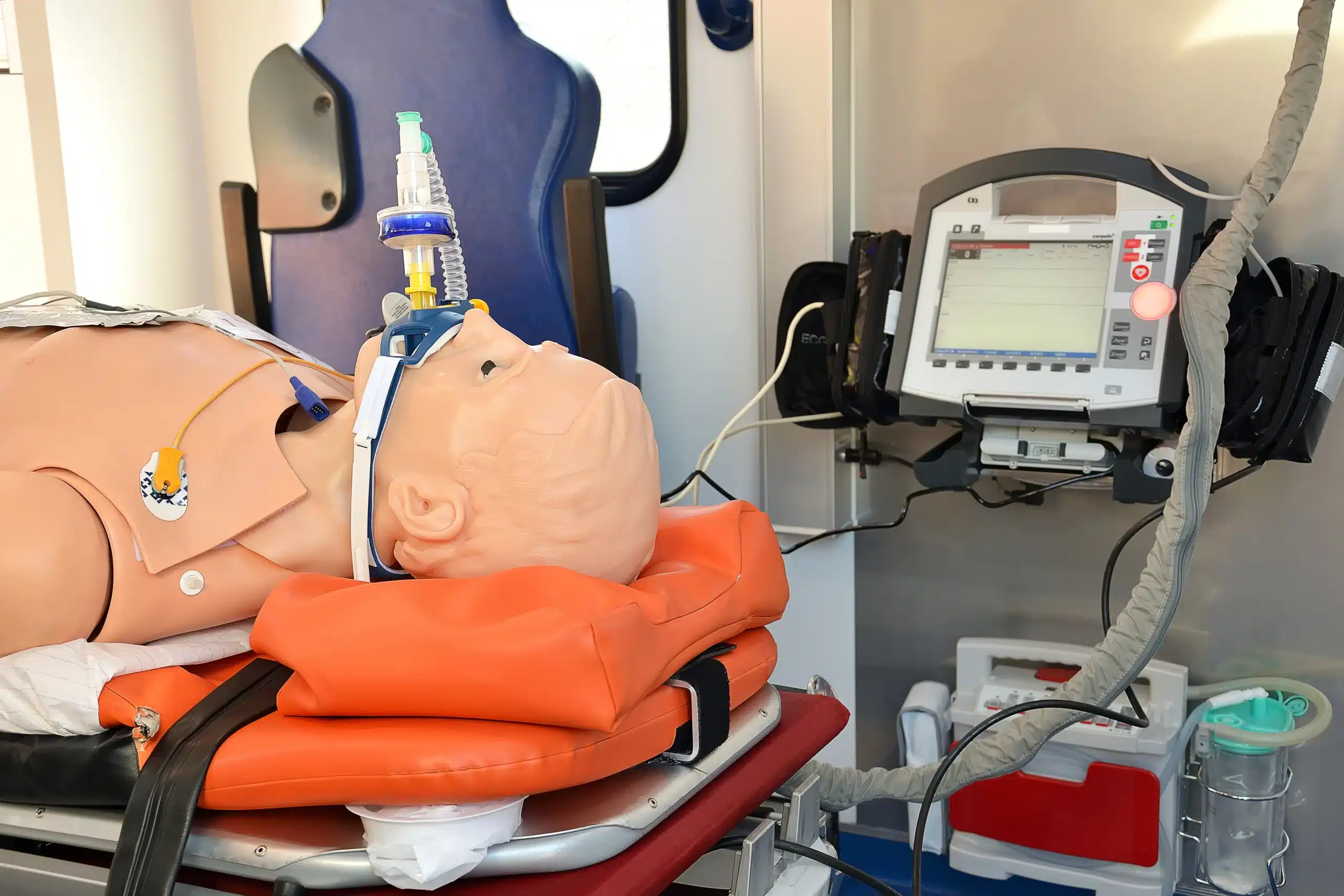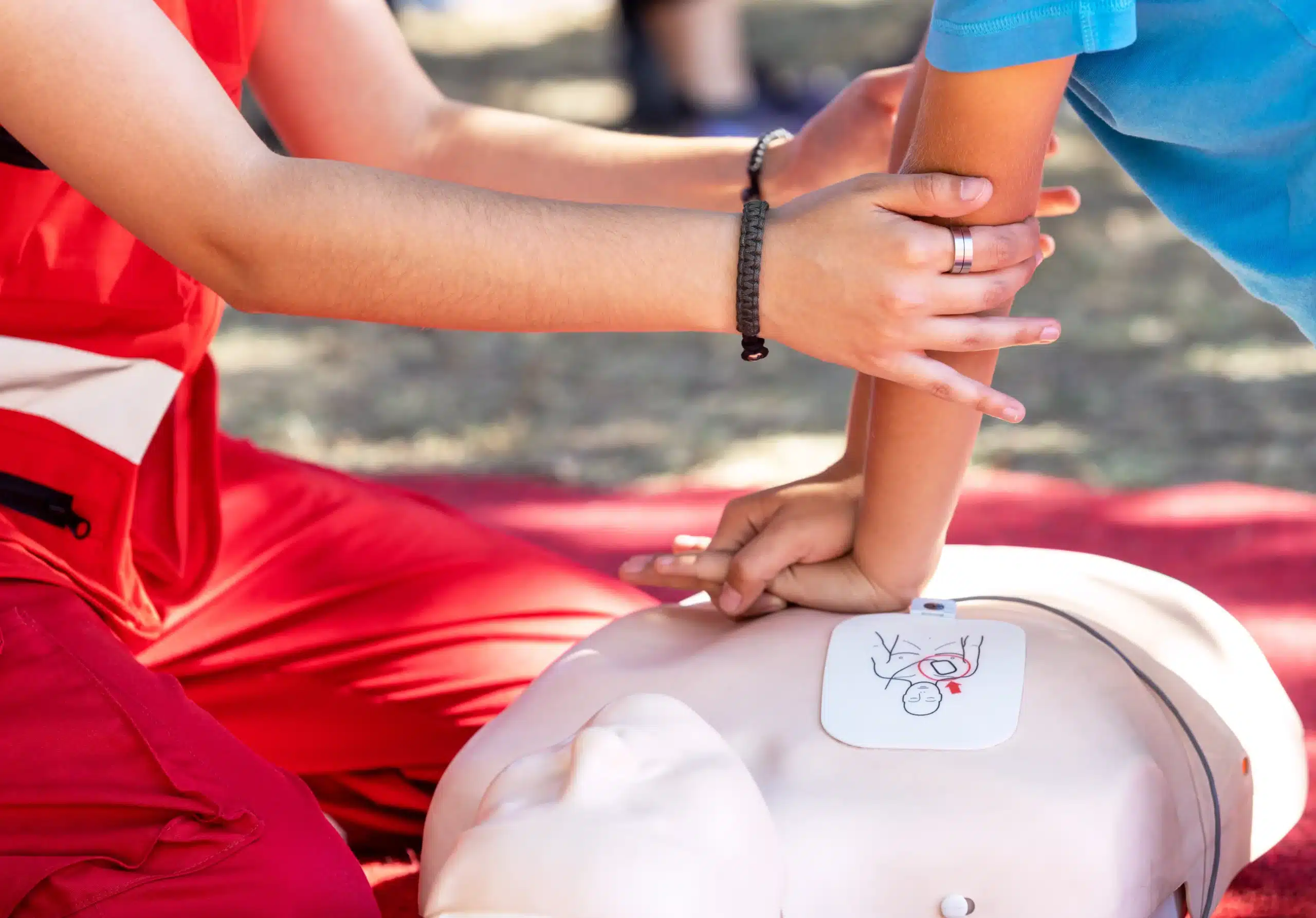First aid is more than just bandages and CPR—it’s about having the knowledge and confidence to respond effectively in emergencies. It’s a skill set that can make a profound difference in someone’s life. This post will guide you through the essentials of first aid, including the different types of training available, how to find the right course for your needs, especially if you’re searching for first-aid in Lodi, and the importance of ongoing practice. We’ll also discuss how to choose a reputable training provider and what to look for in a qualified instructor.
Key Takeaways
- First aid knowledge is empowering: Equipping yourself with first aid skills enables you to confidently respond to emergencies, potentially minimizing injuries and saving lives. Understanding your specific needs helps you choose the right course.
- The right course makes a difference: Consider factors like cost, duration, instructor qualifications, and hands-on practice opportunities when selecting a first aid course. Tracy CPR Classes offers a range of AHA-certified options, catering to various learning styles and schedules.
- Stay sharp with regular practice: Regularly reviewing your training and recertifying ensures your skills remain current and effective. This ongoing commitment allows you to confidently provide assistance when it matters most.
What is First Aid?
What is First Aid, and Why is it Important?
First aid is the immediate assistance given to someone suffering from an injury or illness. It’s the bridge between the incident and professional medical help. Learning first aid empowers you to take action in emergencies, potentially lessening the severity of injuries and even saving lives. It also helps alleviate the strain on emergency medical services. Beyond the practical skills, first aid training offers psychological benefits. Knowing how to respond in a crisis builds confidence and reduces anxiety, fostering a sense of preparedness. This can be incredibly valuable, not just in emergencies, but in everyday life, helping you feel more capable and ready to handle unexpected challenges.
Types of First Aid Courses
Various first aid courses cater to different needs and levels of experience. Some courses focus on basic skills suitable for everyday situations, while others cover more advanced techniques for specific environments like workplaces or remote areas. For example, some workplaces require a basic one-day course like Emergency First Aid at Work (EFAW), while others mandate a more comprehensive three-day First Aid at Work (FAW) certification. Tracy CPR Classes offers a range of American Heart Association (AHA) courses, including CPR and First Aid, tailored to various skill levels. You can find more information about our courses on our website. Choosing a course that aligns with your specific needs and goals is essential.
Essential First Aid Skills
First aid training equips you with a range of essential skills. These include assessing a situation safely, checking for vital signs, and performing CPR. You’ll also learn how to move an injured person safely, administer basic wound care, and control bleeding. Recognizing and responding to specific medical emergencies like heart attacks, strokes, and seizures is another crucial component. Knowing how to use an AED is also life-saving. First aid isn’t just about treating physical injuries; it also involves providing comfort and reassurance to the injured person while waiting for professional help. This can make a significant difference in their overall experience and recovery. Knowing when to move someone, how to administer pain relief, and how to keep them calm are all valuable skills you’ll gain through first aid training. These skills can be applied in a variety of situations, from minor household accidents to more serious emergencies.
Find First Aid Training in Lodi
Finding the right first aid training in Lodi, CA, depends on your needs and learning style. Let’s explore some options, from traditional in-person classes to the flexibility of online learning.
In-Person Training
In-person training offers hands-on learning and direct interaction with instructors. This approach is ideal for those who thrive in a classroom setting and value real-time feedback.
- Tracy CPR Classes: For comprehensive in-person training, check out Tracy CPR Classes. They offer a range of American Heart Association (AHA) courses, including First Aid, CPR, BLS, ACLS, and PALS, catering to various experience levels. Their convenient location makes them a solid choice for residents of Lodi and surrounding areas.
- Professional CPR: Professional CPR provides CPR, BLS, AED, and First Aid classes in the Lodi area. While their current listings primarily focus on their Stockton location, they also offer on-site training for businesses and organizations in Lodi, bringing the training directly to you.
- The Special Training Center: If you’re new to first aid, The Special Training Center offers a two-day Basic First Aid course. Designed for adults with no prior medical training, this program covers essential life-saving skills.
Online and Blended Learning
Online and blended learning options provide flexibility for busy schedules. Online courses allow you to learn at your own pace, while blended learning combines online modules with in-person skills sessions. Mabpro offers an affordable and convenient online option for First Aid and CPR training.
Compare Training Methods: In-Person, Online, Blended
Choosing the best training method depends on your individual preferences. In-person classes offer hands-on practice and immediate feedback, which can be invaluable. For those with limited time or who prefer self-paced learning, online or blended learning can be a great alternative. Consider what works best for your learning style and schedule. For a deeper dive into various CPR training options (relevant for Lodi residents), take a look at this guide to CPR training in Tracy. It discusses different learning formats and their benefits. Additionally, for healthcare professionals looking to maintain and improve their CPR skills, RQI training in Lodi offers a valuable approach with frequent practice and real-time feedback.
Choose the Right First Aid Course
So, you’re ready to take a first aid course—fantastic! Choosing the right one can feel a little overwhelming with so many options. Here’s what to consider to make sure you find the perfect fit.
Course Costs & Duration
First aid course costs vary depending on the provider, location, and content. For a basic first aid course, expect to pay around $86 for an American Heart Association (AHA) course, like those offered at Tracy CPR Classes. Renewal courses, like BLS renewal, are often slightly less, typically between $70 and $90. Think about your budget and remember that a reputable course is an investment in your skills and confidence. Course duration also varies; some are a single day while others are spread over a few sessions. Consider your schedule and learning style.
Instructor Qualifications & Certifications
Your instructor significantly impacts how much you learn. Look for courses taught by certified instructors with real-world experience. Tracy CPR Classes uses AHA-certified instructors, ensuring you learn the most up-to-date techniques. Ask about an instructor’s background before signing up. A great instructor makes all the difference. Safety Training Seminars also offers AHA-certified instruction.
Course Content & Hands-On Practice
Not all first aid courses are the same. Some focus on general principles, while others cater to specific needs. Think about why you’re taking the course. Do you need basic knowledge for everyday life, or is it for a specific job? Tracy CPR Classes offers a range of AHA courses, including combined CPR and First Aid. Hands-on practice is crucial for building confidence. Make sure your course includes plenty of practice.
Certification & Accreditation
After training, you’ll want proof of your new skills. Look for courses offering recognized certification, like those from the American Heart Association. AHA certification is widely accepted and shows you’ve met specific standards. Certification is typically valid for two years, then you’ll need to recertify to stay current. This keeps your knowledge and techniques aligned with the latest guidelines.
Get the Most From Your First Aid Training
Knowing what to expect and how to keep your skills sharp will help you feel confident in your abilities. Here’s how to make the most of your first aid training:
Prepare for Your Course
Before signing up, think about what kind of training best suits your needs. Are you looking for a basic community CPR and first aid course, or do you need a more advanced certification for healthcare providers? Understanding the different levels of training will help you choose the right course. For a comprehensive approach, Tracy CPR Classes offers a range of American Heart Association (AHA) courses, including BLS, ACLS, PALS, CPR, and First Aid. Knowing which certifications you need is a great first step.
Participant Feedback & Course Effectiveness
High-quality training leads to better outcomes—both for participants and for anyone they may need to assist. Positive feedback from past participants is a good indicator of a program’s effectiveness. For example, RQI training has received positive feedback from healthcare professionals and has proven effective at improving CPR skills and patient outcomes. Look for programs with a track record of success.
Maintain & Refresh Your Skills
Your first aid training doesn’t end when you walk out of the classroom. Regularly reviewing the material and practicing your skills will help you stay prepared for any situation. Think of it like any other skill—consistent practice is key.
The Importance of Recertification
Most certifications, like BLS certification, are valid for two years. It’s essential to recertify to stay up-to-date with the latest guidelines and maintain your credentials. Check with your certifying organization for recertification requirements and costs. Knowing when your certification expires and planning ahead helps you stay current and confident in your skills.
Related Articles
- First-Aid Classes in Northern CA: Your Guide – Tracy CPR Classes
- Importance of Workplace CPR & First-Aid Training – Tracy CPR Classes
- Pediatric CPR & First Aid Classes in Stockton – Tracy CPR Classes
- CPR Courses in Lodi: Your Complete Guide – Tracy CPR Classes
- CPR & First Aid in Stockton: Your Guide – Tracy CPR Classes
Frequently Asked Questions
What’s the difference between CPR and first aid?
CPR, or cardiopulmonary resuscitation, focuses specifically on restoring breathing and circulation. It’s a critical component of first aid, but first aid covers a much broader range of skills, from treating minor injuries like cuts and burns to managing more serious medical emergencies. Think of CPR as one tool in the first aid toolkit.
How do I choose the right first aid course for me?
Consider your specific needs and goals. Are you looking for basic life support skills for everyday situations, or do you need more specialized training for a particular job or environment? Also, think about your learning style. Do you prefer hands-on, in-person instruction, or would the flexibility of online learning be a better fit? Course cost and duration are also important factors to consider.
How often do I need to renew my first aid certification?
Most first aid certifications, including those from the American Heart Association, are valid for two years. Recertification ensures your skills and knowledge are up-to-date with the latest guidelines. Check with your certifying organization or training provider for specific recertification requirements.
What if I’m nervous about performing first aid in a real emergency?
It’s completely normal to feel apprehensive. That’s why hands-on practice during training is so important. The more you practice, the more confident you’ll become. Remember, any action you take is better than no action. Even basic first aid can make a significant difference.
Where can I find more information about first aid training in my area?
A quick online search for “first aid training” along with your city or region will yield a list of local providers. You can also check with community centers, hospitals, or organizations like the American Red Cross or the American Heart Association for training opportunities near you. Don’t hesitate to contact different providers and ask questions to find the best fit for your needs.
